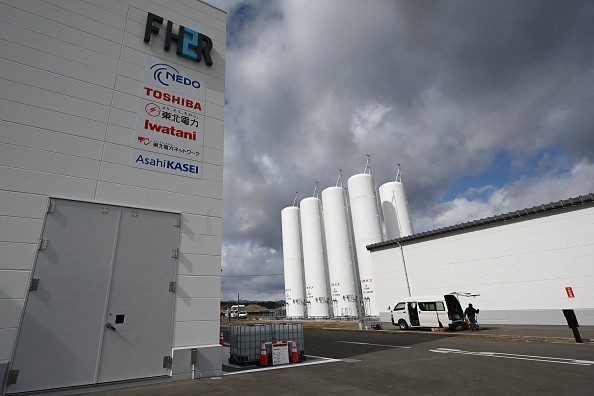The plan by Japan to discharge millions of tonnes of radioactive water purified for release from the Fukushima Daiichi power station, which was destroyed by a tsunami, into the Pacific Ocean is expected to receive support from the UN's nuclear watchdog.
Rafael Grossi, the head of the International Atomic Energy Agency (IAEA), departed for a four-day trip to Japan on Tuesday. He is there to present the findings of the IAEA's two-year review of the safety of the plan.
Processed water comes from radioactive water

Tsunami in March 2011 wrecked the plant's cooling and energy systems and set off the greatest nuclear calamity to hit the planet since the Chornobyl explosion, radioactive water has been accumulating there, as per Aljazeera.
The advanced liquid processing system (ALPS) is a large pumping and filtration system that extracts tons of newly contaminated water each day while filtering out most of the radioactive components.
The volume of treated water is now more than 1.3 million tons, or enough to fill 500 Olympic-sized swimming pools, and is almost at capacity. More than 1,000 tanks have been built by plant operator Tokyo Electric Power (TEPCO) to house the water.
Radioactive isotopes are dangerous in human health
The use of radioactive materials is dangerous. Chemicals in a body can be ionized by nuclear radiation, changing how the cells function and the body's chemistry. Large energy deposits into the body are another possibility, and these can kill or severely harm cells, as per BBC.
Due to its insufficient energy emission to penetrate human skin, tritium is regarded as being generally safe. It may provide a radiation risk if inhaled or consumed, according to the IAEA, but only in extremely high levels is it detrimental to people.
According to some scientists, it is unknown what long-term, low-dose radioactive exposure will do. Despite calls for greater transparency in sampling and release monitoring, others claim that the release strategy is safe.
Agriculture and aquaculture products are banned
While this is going on, Japanese fishing communities are concerned that the livelihoods that have worked so hard to restore following the crisis in 2011 could get lost.
Due to safety concerns, some nations, notably South Korea, banned seafood and agricultural products from Fukushima after the incident in 2011.
The administration has stated that the ban will continue to be in effect due to radiation fears, despite improving ties between Tokyo and Seoul.
Possible released of radioactive water
The rollout was supposed to start in around two years from when the proposal was first revealed in 2021. Last Friday, Japanese inspectors completed their final safety check of the apparatus, and TEPCO is anticipated to acquire a permit for water discharge in about a week. The process might begin at any time after that, but no specific time has been specified.
A conduit that extends roughly one kilometer (0.6 miles) from the nuclear plant's location will be used to release the waste over a number of decades.
Related Article: Radioactive Material in Pacific Ocean Corals Could Mark New Epoch
© 2025 NatureWorldNews.com All rights reserved. Do not reproduce without permission.





